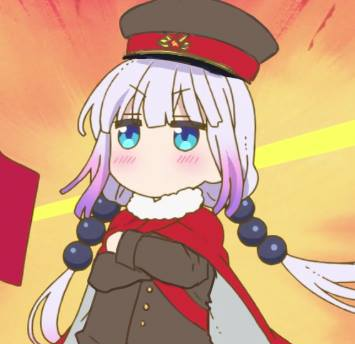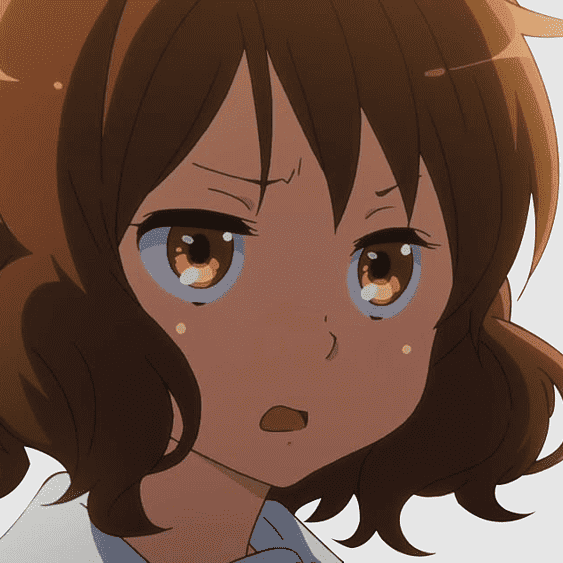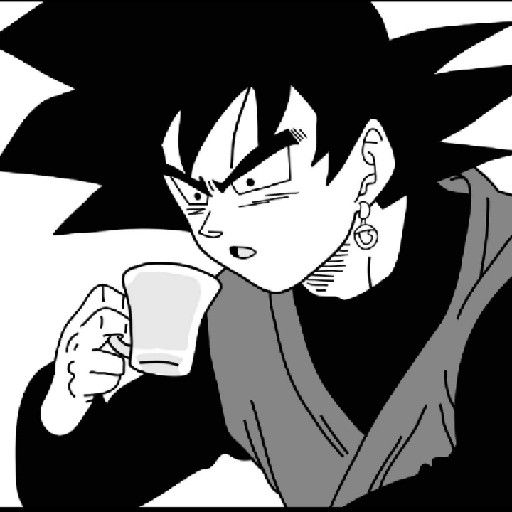I like how Japanese people call Assassin’s Creed Asa Kuri. We’re stuck with Ass Creed here
I don’t think the Japanese abbreviation sounds so cool when you know that “asa-kuri” could also be interpreted as “morning chestnut”.
Well, “kuri” is also the common way of saying “clitoris”, so that may change things as well.
Sure, but that interpretation would make the game woke and political.
Yeah but the thing about Japanese is that many words sound the same so it can be a lot of things. Even the combination of syllables can sound the same than other words so know the kanjis is very important. The reason why it so important to learn to write it and why I struggle with it 😭
What only 100 possible syllables does to a mfer
the people arguing against doesnt realize japan doesn’t care about what race the samurai is. Koei, a japanese developer, legitimately made the main character of Nioh Irish, and it got 2 games.
William Adams was also a real guy, though he was English.
i was aware he was based on an actual character, but only loosely, where Ubisofts take is based on a real person, but in a fictional alternative storyline. Regardless of the situation, Japan doesn’t care what race the samurai is, and if its a cool game, so be it.
BUT MY 4CHAN TOLD ME ALL THE (slurs) WERE RACIST AND REDPILLED JUST LIKE ME
deleted by creator
“Generic Samurai Game #1,488 has fallen. Billions must die.”
I hope Ubisoft makes the next Assassin’s Creed set in Russia staring General Gannibal as a protagonist.
 : “YOU JUST LOST OUR RESPECT, FILTHY BROWNS! NOT EVEN YOUR CARTOONS CAN REDEEM YOU NOW!”
: “YOU JUST LOST OUR RESPECT, FILTHY BROWNS! NOT EVEN YOUR CARTOONS CAN REDEEM YOU NOW!”Can’t wait until CHUD weebs begin finding ways for the west to take credit for all of Japan’s successes.
Don’t you know anime characters are drawn white because of Japan’s “white envy”
Japanese history professor and anime expert Antonia Levi, author of Samurai from Outer Space: Understanding Japanese Animation (Open Court, 1996), concurs with Schodt’s view that the oversized eyes and generally Caucasian appearance of many anime characters stems from the artistic conventions established by early shoujo (girls’) manga. However, she proposes a more specifically sociocultural explanation for how this came about. According to Levi, when the first generation of women manga artists took over the girls’ comics genre in the 1960’s, they wanted the option of doing storylines with more action and plot development than the stereotypically sugary, sentimental romances their male predecessors had assumed young female readers would prefer. However, since it was still socially impermissible for female characters to do anything particularly unconventional or adventurous if the story were set in anything resembling contemporary 1960’s Japan, the female manga artists of this pioneering group resorted to setting a far greater proportion of their stories in Europe and the United States than their counterparts in shonen, or boys’, comics did.
It was a roundabout way to do female stories that dealt social taboos. The look of the characters stuck as a result. See: Anime’s Obsession With Europe: A Brief History
I found a YouTube link in your comment. Here are links to the same video on alternative frontends that protect your privacy:






